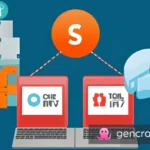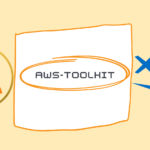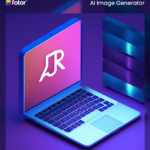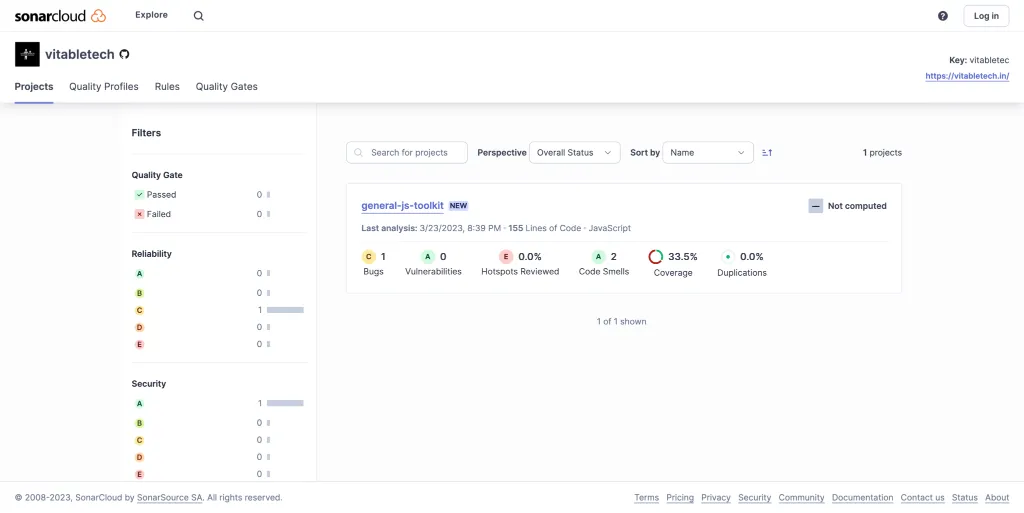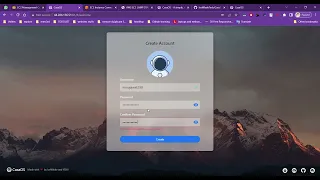Hey there! As a JavaScript developer, I’m always on the lookout for ways to streamline my workflow and make my code more efficient. Recently, I had the opportunity to develop a JavaScript toolkit that included some useful common functions, and along the way, I discovered a comprehensive development process that I believe can benefit other developers as well.
First things first, I knew I had to make sure that the functions in my toolkit were working as expected. So, I created a set of unit test cases for each of the functions. This ensured that I could easily test each function in the future and that they would work consistently. To ensure that the code was well-formatted and followed best practices, I also implemented a syntax checker (ESLint).
But that wasn’t enough. I wanted to make sure that the code was of the highest quality possible. So, I added a check to ensure that all the unit test cases passed and that the code coverage was sufficient before committing any code. This helped to catch any potential issues early on in the development process and ensured that the code was of high quality.
Of course, I also wanted to make sure that the codebase was consistent and easy to read. So, I implemented guidelines for committing code to the repository. Specifically, I required that all commits followed a conventional commit format, and that the code was automatically formatted using Prettier. This helped to ensure that the code was consistent and easy to read.
And then, I took things to the next level. I implemented a SonarQube plugin to check for code smells, bugs, and vulnerabilities. This was like having a second set of eyes to help me identify potential issues before they could cause any problems. It provided an extra layer of security and helped me to ensure that the code was of the highest quality.
Once the code had passed all the necessary checks and was ready to be pushed, I created a new branch and generated a pull request. This helped to ensure that the code was reviewed by other developers before being merged into the main branch.
Finally, I automated the process of generating documentation and deploying it on GitHub pages, as well as creating and publishing an npm package. This made it easy for other developers to use the toolkit and helped to increase its adoption.
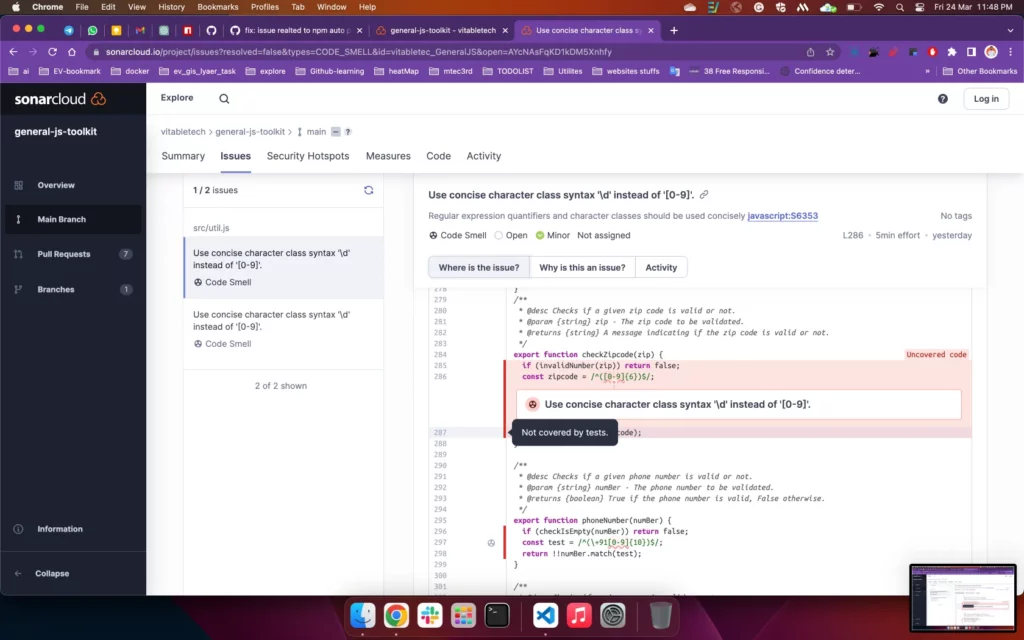
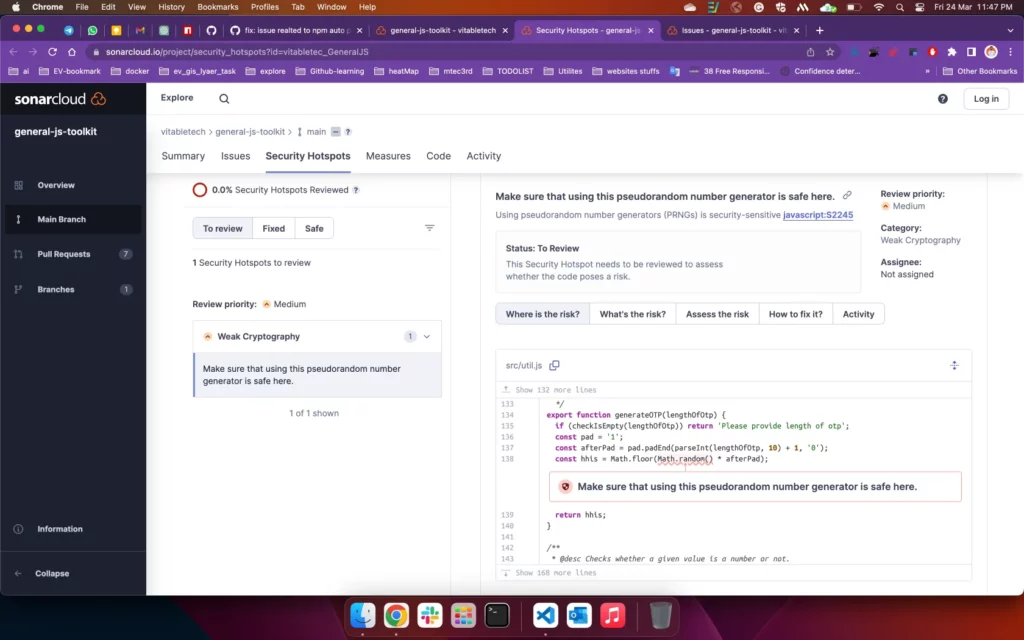
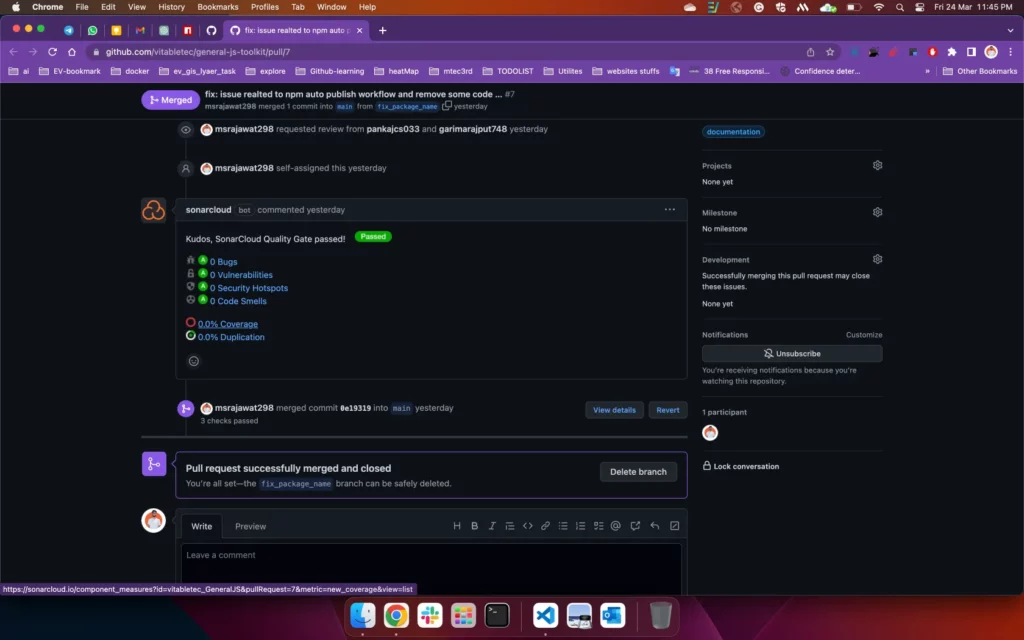
Overall, my journey developing the JavaScript toolkit and implementing a comprehensive development process was a great experience. It was like having a personal assistant to help me ensure that the code was of the highest quality possible. And now, the toolkit is available for other developers to use as well.
If you’re interested in checking out the toolkit, you can find it on GitHub
(https://github.com/vitabletec/general-js-toolkit). The documentation is also available on GitHub pages (https://vitabletec.github.io/general-js-toolkit/), and you can download the npm package from the official npm site (https://www.npmjs.com/package/general-js-toolkit).
Like and add star my git repo if you feel it is useful.
I hope my journey inspires you to implement a comprehensive development process for your own projects. And if you have any questions or feedback, feel free to leave a comment below!
- 10 Best Practices for Developing a JavaScript Toolkit
- How I Streamlined My JavaScript Development Process and You Can Too
- The Ultimate Guide to Developing Quality JavaScript Code
- From Zero to Hero: My Journey Developing a Comprehensive JavaScript Toolkit
- Revolutionize Your JavaScript Development Process with These Simple Steps
- Creating a JavaScript Toolkit: Tips, Tricks, and Best Practices
- How to Implement a Complete Development Process for Your JavaScript Toolkit
- JavaScript Development Made Easy: My Journey and Lessons Learned
- Maximizing Your JavaScript Toolkit’s Potential with a Comprehensive Development Process
JavaScript toolkit, #Development process, #Complete development, #Unit test cases, #Code coverage, #Conventional commit, #ESLint, #SonarQube plugin, #Pull requests, #Code reviews, #Automated documentation, #npm package, #GitHub, #Quality code, #Streamlined workflow, #Best practices, #Code formatting, #Code security, #Code quality, #JavaScript development

